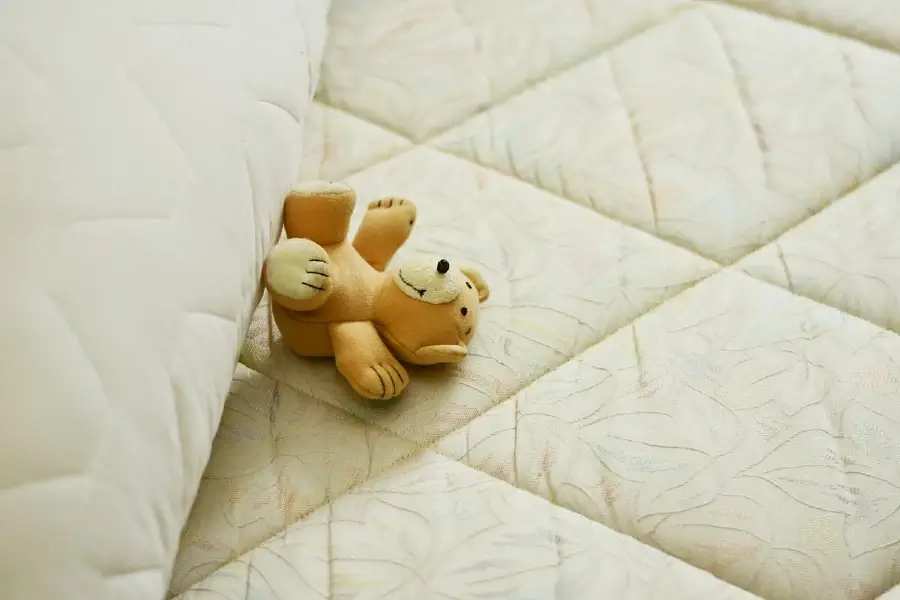What Are the Most Effective Methods for Controlling Dust Mites?
Dust mites are little organisms that flourish in hot, moist conditions and subsist on deceased skin particles. Dust mites are frequently responsible for causing allergies and asthma, so implementing efficient steps to manage them and promote a better living environment is crucial. Below are many highly efficient strategies:
Decrease moisture levels:
Optimal Range: Dust mites thrive in environments with high humidity. Strive to keep the relative humidity level in your home below 50%. A hygrometer can quantify humidity, and a dehumidifier can regulate moisture levels.
Laundry of bed linens:
The importance of hot water: Launder linen, such as sheets, pillows, and comforters, weekly in hot water that is at least 130°F or 54°C. Boiling water eradicates dust mites and eliminates allergies.
Thorough Drying: Make sure the bedding is thoroughly dry after washing. Utilizing a high heat setting in the dryer or dry laundry outside on a bright day is advisable.
If carpets are necessary, opt for low-pile options and vacuum them regularly.
Mattress and pillow covers:
Allergen Barrier: Purchase allergen-resistant covers for beds and pillows. These encasements serve as a tangible obstacle, blocking dust mites from accessing the surface and minimizing exposure to allergens.
Reduce the amount of soft furnishings:
Minimizing the presence of soft items in your bedroom will provide a less favorable environment for dust mites, which are attracted to dust. It is advisable to substitute carpets with complex flooring options such as wood, tile, or laminate. If carpets are necessary, opt for low-pile options and vacuum them regularly.
Maintain cleanliness and regularly clean and organize your belongings: Minimize the presence of objects that can accumulate dust mites and create a messy environment. Periodically launder curtains, blinds, and machine-washable stuffed animals using hot water.
Frequent sweeping using a vacuum cleaner equipped with a HEPA filter is essential for preserving a hygienic and healthy interior environment.
Performing the act of vacuuming:
It is imperative to use a vacuum cleaner equipped with a HEPA (High-Efficiency Particulate Air) filter to eliminate dust mites, excrement, and other allergens efficiently from your living areas.
HEPA filters are specifically engineered to trap minuscule particles not visible to the unaided eye, such as pollen, pet dander, and minute dust particles. These particles have the potential to induce symptoms of allergies and asthma.
Frequent sweeping using a vacuum cleaner equipped with a HEPA filter is essential for preserving a hygienic and healthy interior environment. Experts advise vacuuming carpets, upholstered furniture, and mattresses at least twice a week to guarantee the absence of dust mites and other allergens on these surfaces.
To create a healthy living environment with reduced dust mite and allergy buildup, including a vacuum cleaner with a HEPA filter in your cleaning routine is advisable.
Implementing this comprehensive cleaning regimen will effectively diminish the prevalence of airborne allergens, alleviating symptoms for individuals afflicted with allergies or respiratory ailments.
Aside from the HEPA filter, it is crucial to routinely maintain and empty the vacuum cleaner to prevent a decrease in suction power and efficiency caused by a complete or clogged vacuum. Consistently cleaning or replacing the filter can also contribute to preserving the vacuum’s efficiency in the long run.
To create a healthy living environment with reduced dust mite and allergy buildup, including a vacuum cleaner with a HEPA filter in your cleaning routine is advisable. Dedicate sufficient time to clean carpets, upholstery, and mattresses properly.
Adopting this proactive strategy can result in enhanced air quality and less allergy symptoms, benefiting your overall health.
Air purifiers equipped with HEPA filters can help capture airborne dust mite allergens.
Further suggestions:
Air purifiers equipped with HEPA filters can help capture airborne dust mite allergens. However, they can not be relied upon as a complete replacement for the aforementioned preventive measures.
Air conditioning can reduce humidity levels and produce an unfavorable habitat for dust mites.
Pet Dander Control: To mitigate pet dander, a prevalent allergen, it is advisable to bathe your pets regularly and restrict their access to the bedroom.
Consistently adopting these techniques to eliminate dust mites will significantly decrease allergen levels in your house, resulting in a healthier environment for you and your family, particularly if you have allergies or asthma.













